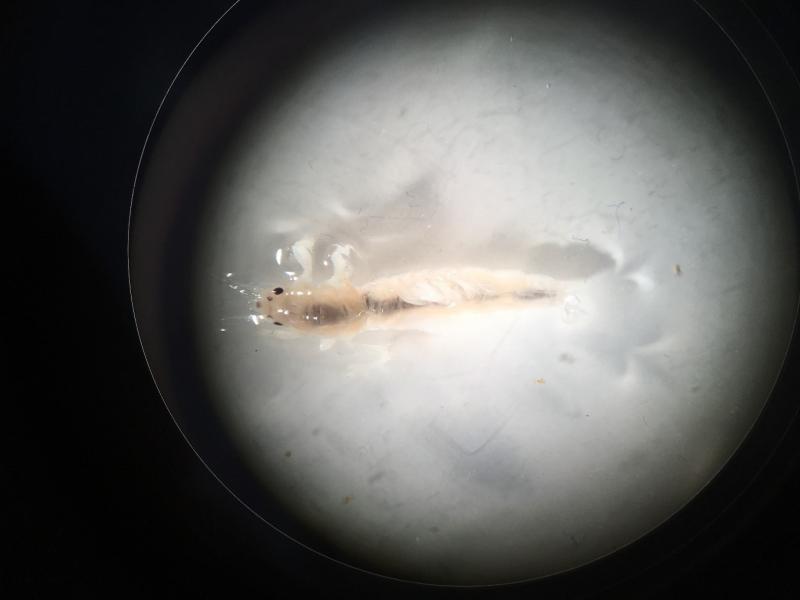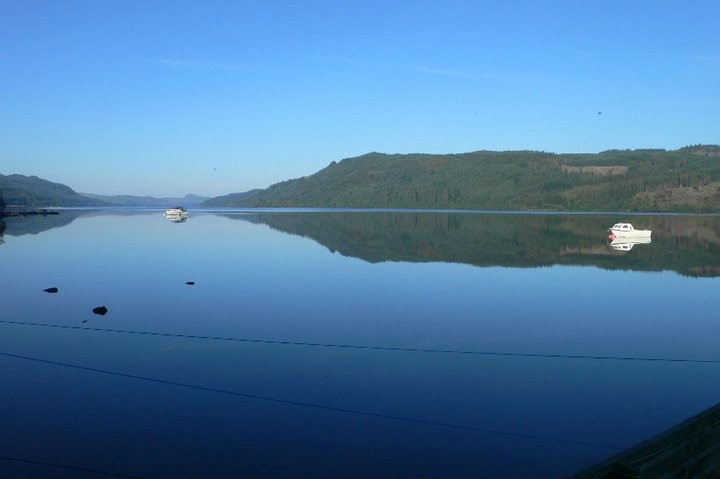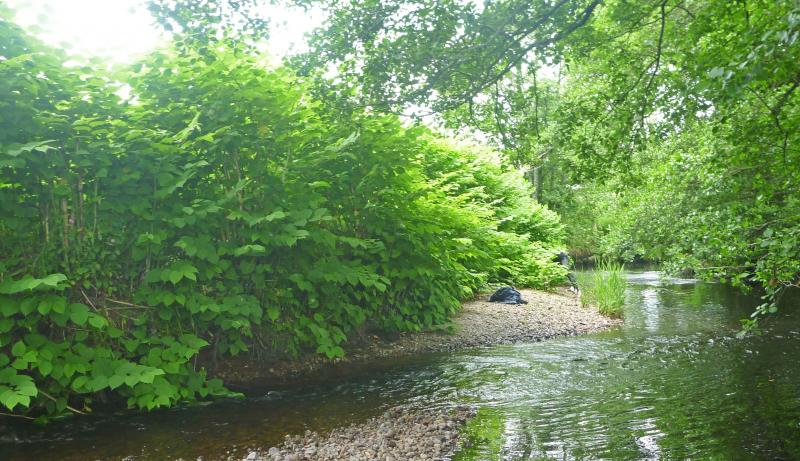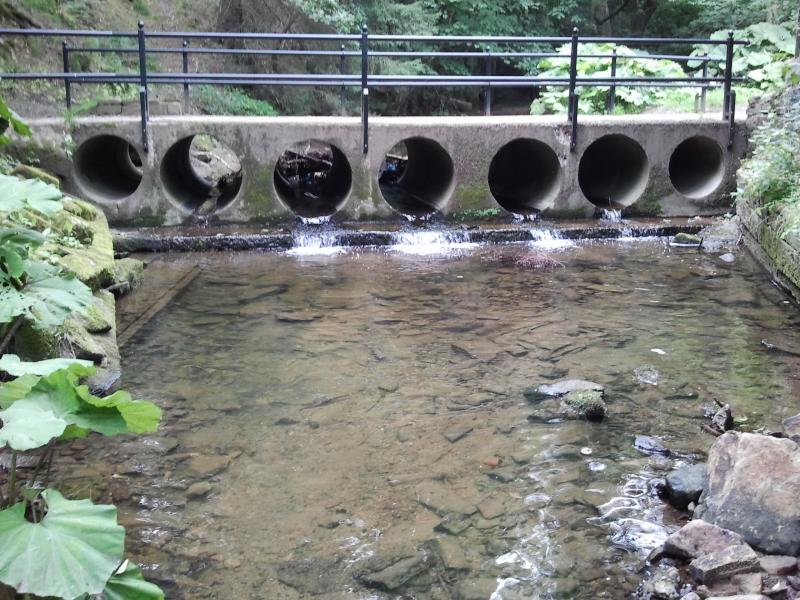Habitat to Help Trout and Native Crayfish in a Midlands Brook
Posted on July 26, 2017
We used some very simple techniques of woody material introduction and stabilisation to help create submerged "cover" habitat for fish (and hopefully the native crayfish that have been recorded in the brook). Some simple tweaks to those techniques also helped to promote more diverse depth over the cross-section of the brook at selected points.
At the same time as creating localised bedscour - the installed material also encourage patches of sediment deposition. The combination of those actions produce a pattern of separation between areas of fine silt and coarser bed material in a patchwork fashion. In this way, a greater variety of micro-habitats are created and this creates many more opportunities for aquatic species. At the same time, it also creates the variety needed for different critical life-cycle stages within individual species such as trout.
Because the materials for the woody material introduction and stabilisation were...








